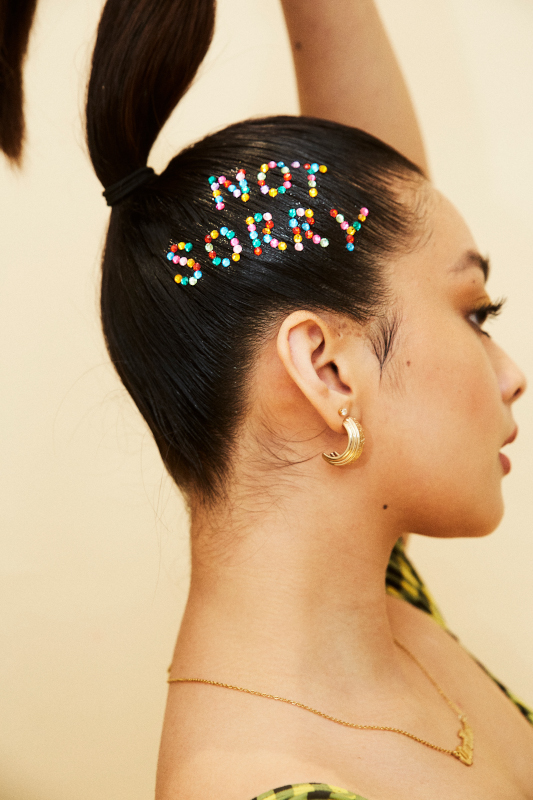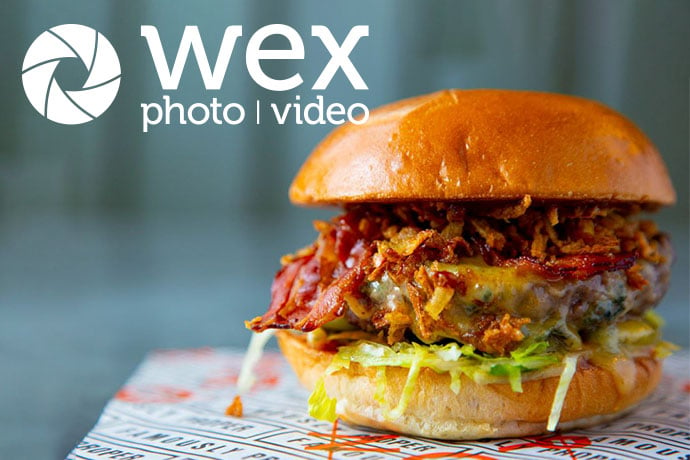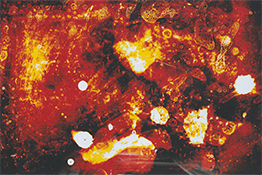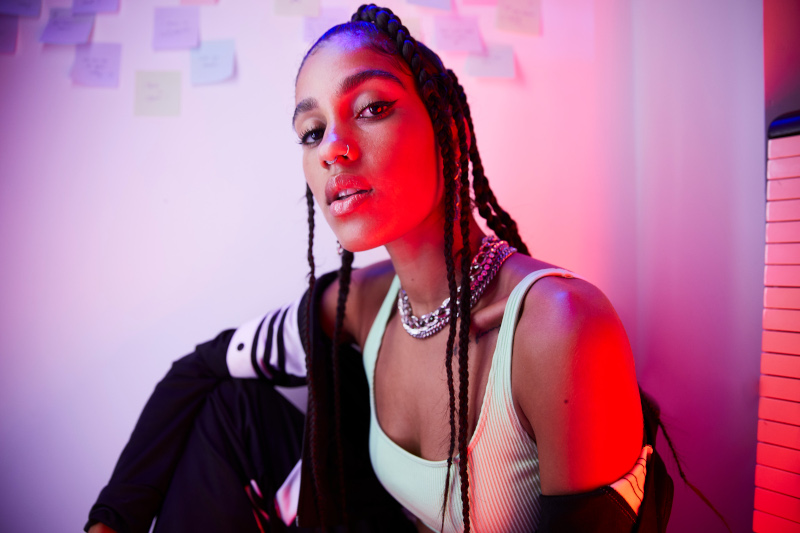
Photography became a part of my life one Sunday in June 2010. When I was 13, my mum sent my dad out to buy strawberries… and he came back with a camera! I started taking pictures everywhere I went and of everything I saw – flowers, dogs, landscapes and everything else, it was all collated into my own little photo album.
I am very much a ‘people-person’. I love chatting and getting to know new people. So, as soon as my photographic confidence grew, I turned my focus to faces. I’d spend hours flicking through pictures in magazines like Cosmopolitan and Glamour to get inspiration, and this inevitably led to me photographing my friends, finding spots around London and creating a portfolio.
So, from a young age I always wanted to be a people photographer, so I did everything in my power to make this happen. Just like every aspect of photography it’s all about the portfolio. Whether you want to shoot portraiture, fashion, still life, landscape – it’s all about building up your ‘book’ to a point that you become known for your style. Now, two years out of university, I am shooting for brands like Nike, Footlocker, Cosmopolitan, UGG, Sleek Makeup, Adidas, Skinnydip and others.
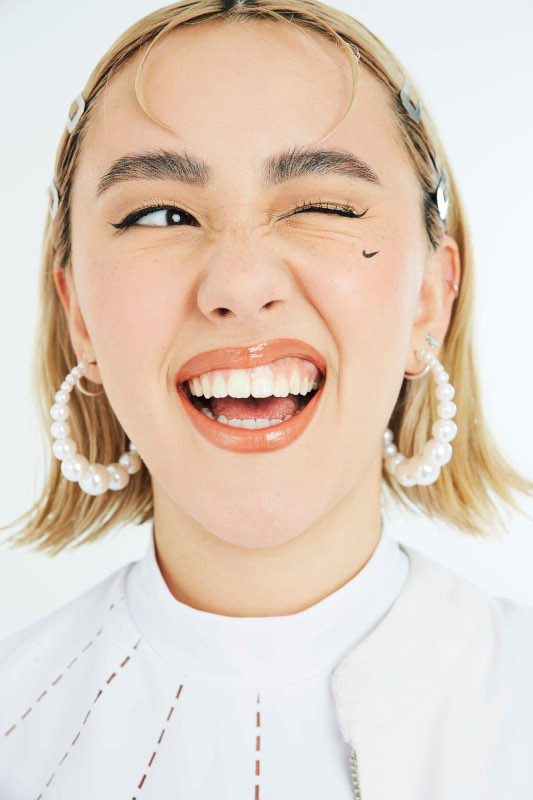
Portrait photography is so much more than just capturing an image of a person. As a photographer you have the opportunity to tell someone’s story, and that can be accomplished through the subject’s expression, the way the image is lit or how it is edited.
Portraiture is such a special type of photography. It can be so eye-catching; when scrolling through Instagram, I usually find myself being enticed by the closeup portraits. In my field, fashion and portrait heavily intertwine, with ninety-five per cent of my jobs involving shooting full body fun angles, as well as close-up portraits.
My experience with portrait photography may be from a fashion perspective, but portraiture is also a huge part of street photography, documentary photography, beauty shooting and corporate photography. People working in all these different sectors will look through the lens and capture portraits of people with a different agenda and from a different point of view.
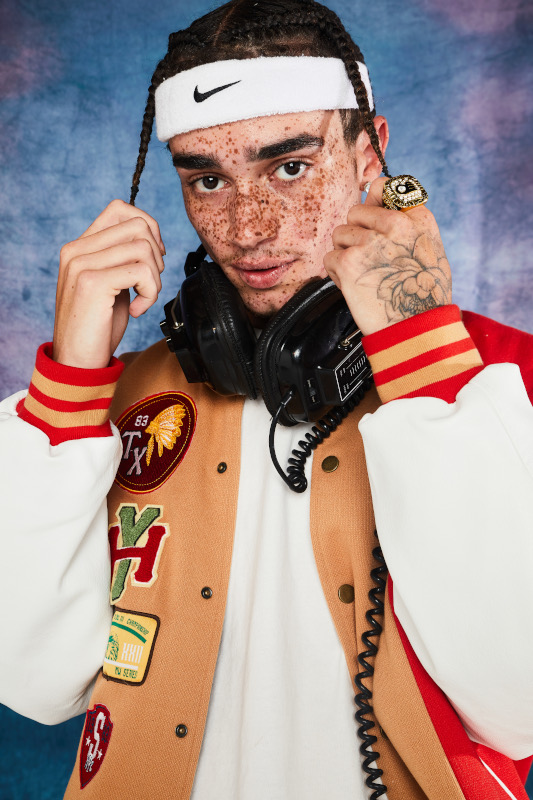
How to shoot portraiture at home
As a fashion photographer, I always want to create new imagery without having to spend a lot of money on hiring a studio or lighting equipment. Through trial and error, I have worked out the best setup for me, to the point where I can create striking, professional imagery in my tiny London flat.
There are a few key components of shooting at home. First, clear some space near some natural light. This is where you will build your setup.
My setup consists of the following: backdrop stands, mini colorama (backdrop paper) and a few reflectors. I use the reflectors to diffuse (soften) harsh sunlight on brighter days, while on overcast cloudy days, I bounce the flashgun off the reflector to create a makeshift softbox effect. I use the Profoto A1 flash, which I sometimes hold away from the camera to control the light even more. On warmer days, I even take my colorama outside, allowing me to shoot in complete daylight while retaining a studio feel.
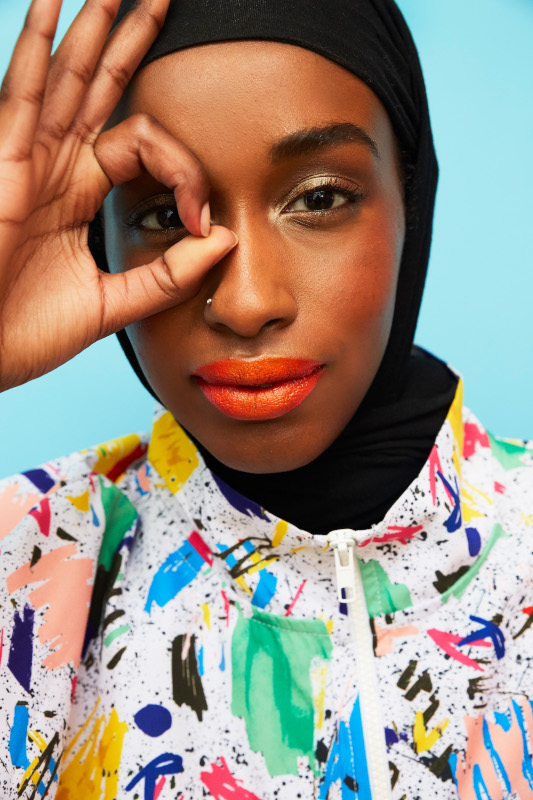
I personally like to tether from my camera to a laptop. This allows the subject and the rest of the team (in my case, makeup, hair and styling) to see the imagery as it is shot. Positive reactions help the subject feel more comfortable, resulting in better imagery.
If you want more of a documentary feel to your images, I would recommend looking for the maximum amount of natural light possible. The more natural light you have at your disposal, the less you’ll have to compensate through artificial lighting or camera settings, e.g. by setting your ISO too high.
What camera do I use for portrait photography?
Personally, I am a Canon girl. I swap between the EOS 5D Mark III and IV, and have always found it a really easy camera to use for my style of photography. However, for portraiture, I would focus on what lenses you are using before you worry about the body.
What lens do I need for portrait photography
Coming from a fashion background, I generally use the 24-70m f/2.8 lens. This allows me to get in tight to create stunning portraits, while also having the flexibility to get some nice wide shots. On a set where you are shooting a mixture of styles – like fashion and portraiture – it’s useful to have a solid lens that can deliver both.
If you are purely shooting portraits, a 50mm and an 85mm are incredible lenses to have. You can capture staggering levels of detail and have a nice shallow depth of field, keeping focus on the face while artfully blurring the background.
Lighting for portrait photography
My main advice for lighting portraits is to keep it simple. You have to remember you are only photographing the upper half of a person (sometimes it is just a crop of the face), and you really don’t need a crazy amount of lights to make this happen.
If you are in a studio, I would start with a single key light parallel to your subject. My preference is to diffuse this light (either with a softbox or an umbrella) to really soften the skin. If you want, add an additional background or silhouette light. Another tip would be adding polyboards (large black/white boards) on either side to even out all the light and control for any excess light you don’t want.
However, as we’ve covered, portraits don’t need to just be taken in a studio. If you are outside, you are blessed with natural light, which removes the worry of adding in artificial light. You may need to up your ISO outside, and that is generally fine, but I would try to not go above 800 as you may start to get some grain that’ll be a problem if you are wanting to blow the image up. My personal preference is always to add in a light source, even when outside, whether this is a battery-powered studio flash or a flashgun facing away from the subject.
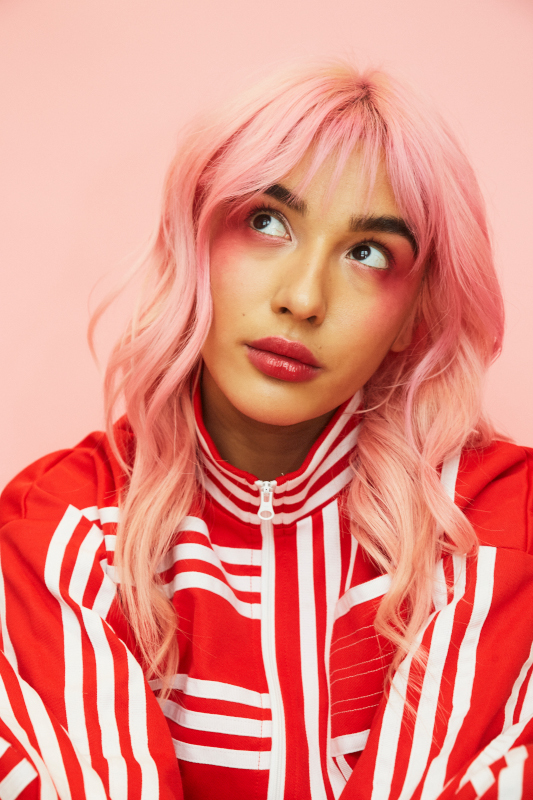
How to eliminate shadows
There are a number of different techniques I have learned that help me create a super-clean, fresh image with limited shadows. My techniques can be used outside, in a home studio or in a professional photographic studio.
I always carry a range of reflectors in my kit bag — these double up as portable diffusers. If I am shooting at home and there is harsh sunlight, I will diffuse this by using a large shoot-through reflector (this is a large, translucent). The same goes for if I am outside.
Another way to diffuse shadows on the skin is by using the same reflector but on the white side. For example, if the left side of your subject’s face is not getting as much light, hold a reflector on the left side of the face and the shadows should be reduced. In a studio environment, you can do this with polyboards.
If you are using natural light but don’t have a reflector, my best advice would be to ask your subject to face away from the sunlight. More direct sunlight hitting your subject tends to result in harsh shadows. Find something that is blocking direct light and stand behind it.
When shooting in a studio, I ask my model to stand a few feet away from the backdrop. The nearer they stand to the backdrop paper, the more shadowy the background of the image will be. If you are using studio lights, I would recommend using umbrellas or softboxes to diffuse them, creating a nice, even light. If you don’t have these, face your lights away from the model. You can bounce the lights off polyboards if you have them, or walls and ceilings if you don’t, to create a nice even light.
My portraiture tips
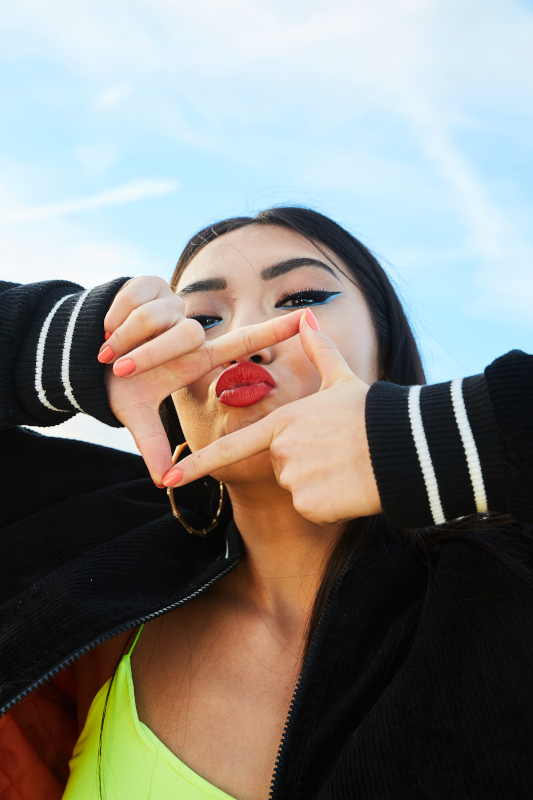
There are a couple of points I want to highlight that I think will take your portraiture to the next level. Portraiture is an intimate experience for both the photographer and their subject, and for both it can be intimidating. It is crucial to make a connection with your subject. So, make sure they feel comfortable. Have a chat, get to know them before you put a lens in their face – build a rapport, and I promise it will make a difference in the final images. I like to include my models in the whole process – show them the pictures and always explain what I am doing while it is happening, e.g. ‘I am going to come in a little tighter in the crop.’
Even though portraiture often involves a tight crop, you can really experiment with compositions and movement, such as by shooting from lower angles. My favourite part of portraiture is the fun you can have with it. I love creating really fun facial expressions with my subject – I work a lot with fun, young fashion brands, so bringing in a youthful, creative element to the portraits is always welcome. Furthermore, expressions and movements add to the narrative you are creating. You can see examples of this below.
Everybody has their own style. How I personally like to shoot may be different to what works for you. However, whatever your style turns out to be, it is important to commit to it, and to have confidence in your ability to create stunning portraiture.
